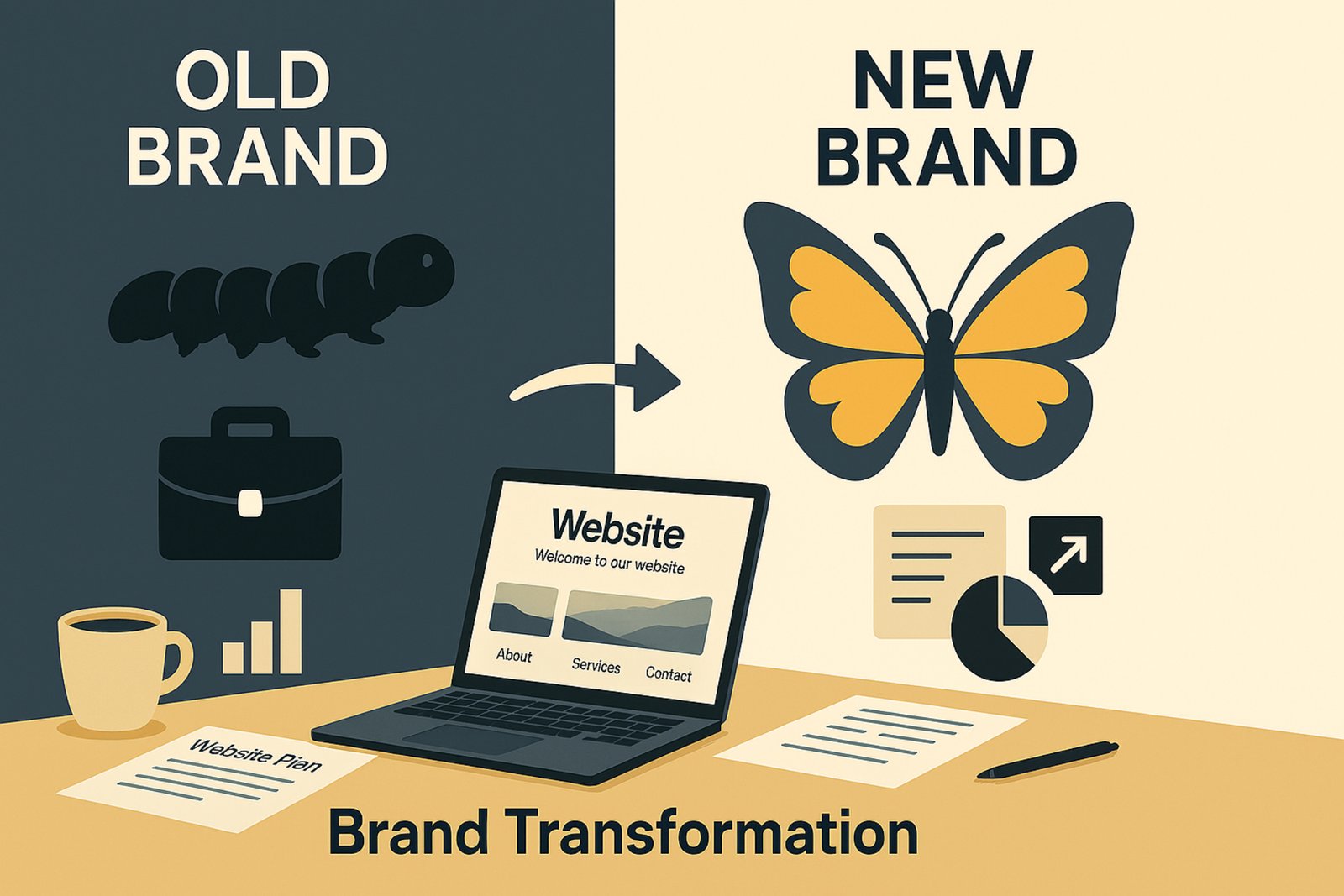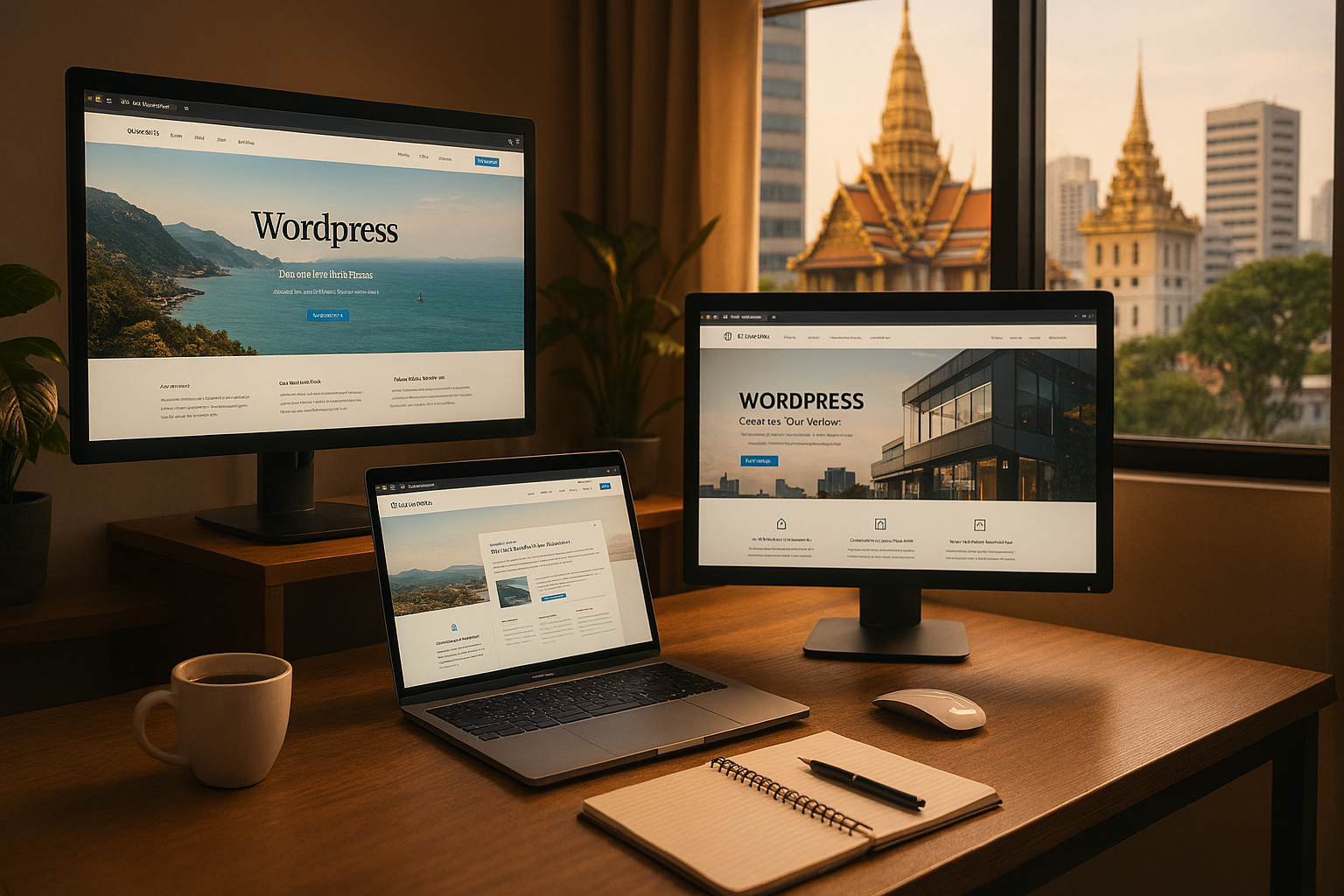You’ve heard the term “results-driven website” thrown around by every web developer in Bangkok. But what does it actually mean? And more importantly, how do you know if your website is delivering real business results?
After building websites for over 100 Thai SMEs, I’ve identified five essential elements that separate websites that work from those that just look pretty.
Element 1: Clear Value Proposition Above the Fold
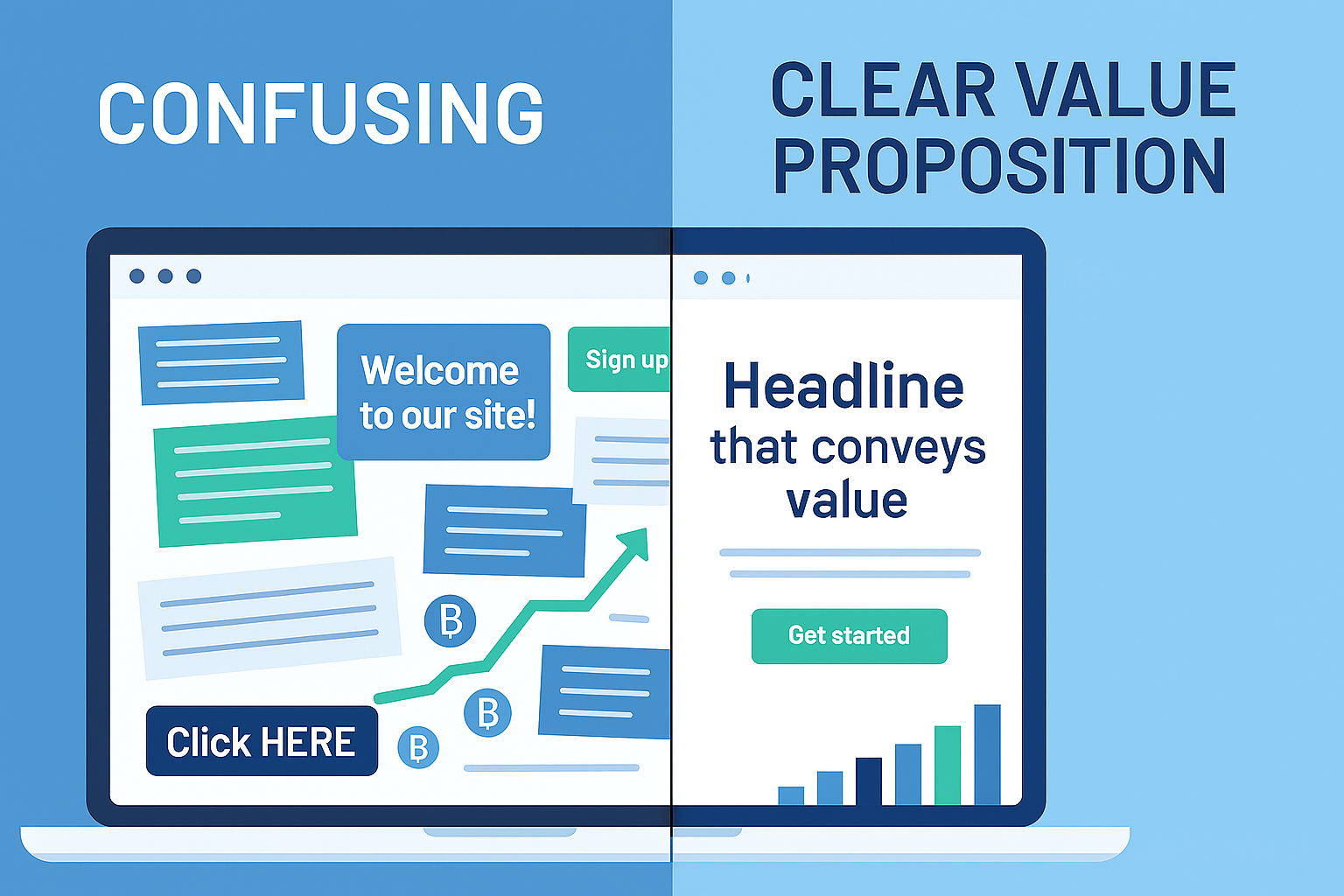
What it means: Visitors should understand what you do and why they should care within 5 seconds of landing on your homepage.
Why it matters: Thai consumers are browsing quickly on mobile devices. If they can’t immediately grasp your value, they’ll bounce to a competitor.
How to implement:
- Lead with a headline that answers “What problem do you solve?”
- Include a brief, benefit-focused tagline
- Use clear, jargon-free language
- Make it visible without scrolling
Real example: Instead of “We provide comprehensive business solutions,” try “We help Bangkok restaurants increase takeaway orders by 40% through online ordering systems.”
Element 2: Strategic Call-to-Action Placement
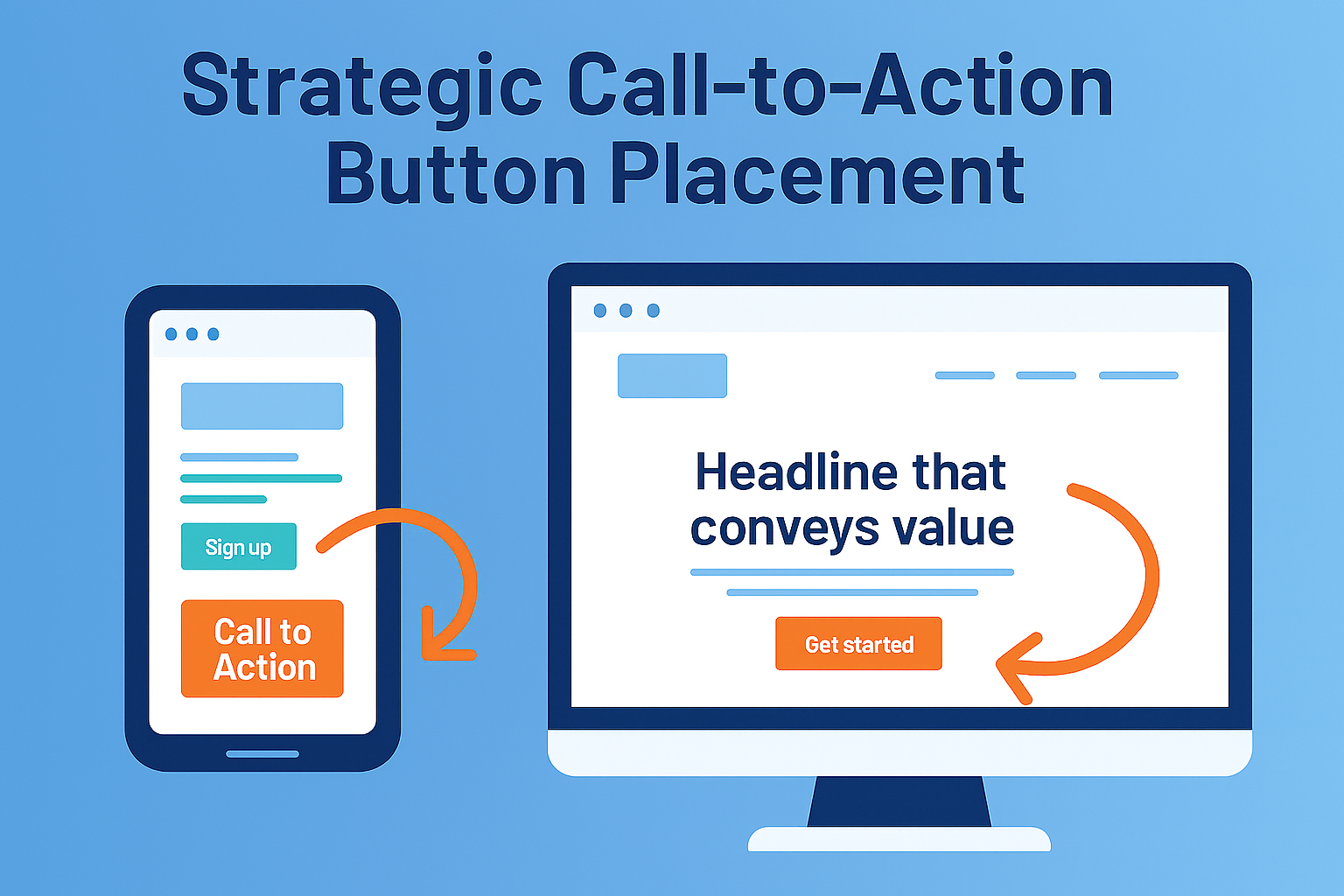
What it means: Every page should guide visitors toward a specific action that benefits your business.
Why it matters: A beautiful website that doesn’t convert visitors into customers is just an expensive digital brochure.
Best practices:
- Use action-oriented language (“Get Your Free Quote” not “Submit”)
- Place primary CTAs above the fold and repeat them strategically
- Make buttons visually distinct with contrasting colors
- Limit choices – too many options create decision paralysis
Thai market insight: Thai customers often prefer calling over filling out forms. Include prominent phone numbers alongside web forms.
Element 3: Mobile-First User Experience

What it means: Your website should work flawlessly on smartphones first, then scale up to larger screens.
Why it’s crucial in Thailand: Over 80% of web traffic in Thailand comes from mobile devices. If your site doesn’t work on phones, you’re missing most of your potential customers.
Key mobile elements:
- Fast loading times (under 3 seconds)
- Thumb-friendly navigation
- Readable text without zooming
- Easy-to-tap buttons and links
- Simplified forms for small screens
Testing tip: Always test your website on actual smartphones, not just browser resize tools. The real mobile experience is what matters.
Element 4: Trust-Building Elements

What it means: Your website should immediately establish credibility and trustworthiness.
Why it’s essential: Thai customers are cautious about new businesses. Your website needs to overcome skepticism and build confidence.
Trust elements that work:
- Client testimonials with photos and real names
- Case studies with specific results
- Professional team photos
- Contact information including physical address
- Industry certifications or awards
- Security badges (SSL certificates)
- Clear privacy policies
Local credibility: Include Thai client testimonials and showcase local projects to build community trust.
Element 5: Performance That Converts
What it means: Fast, reliable, and search-engine-friendly technical performance.
Why it impacts results:
- Slow sites lose visitors and sales
- Google penalizes slow sites in search rankings
- Poor performance damages brand perception
Performance checklist:
- Page load speed under 3 seconds
- Mobile responsiveness across all devices
- Search engine optimization (SEO) setup
- Reliable hosting with minimal downtime
- Regular security updates
- Analytics tracking for continuous improvement
How to Measure If Your Website Is Results-Driven
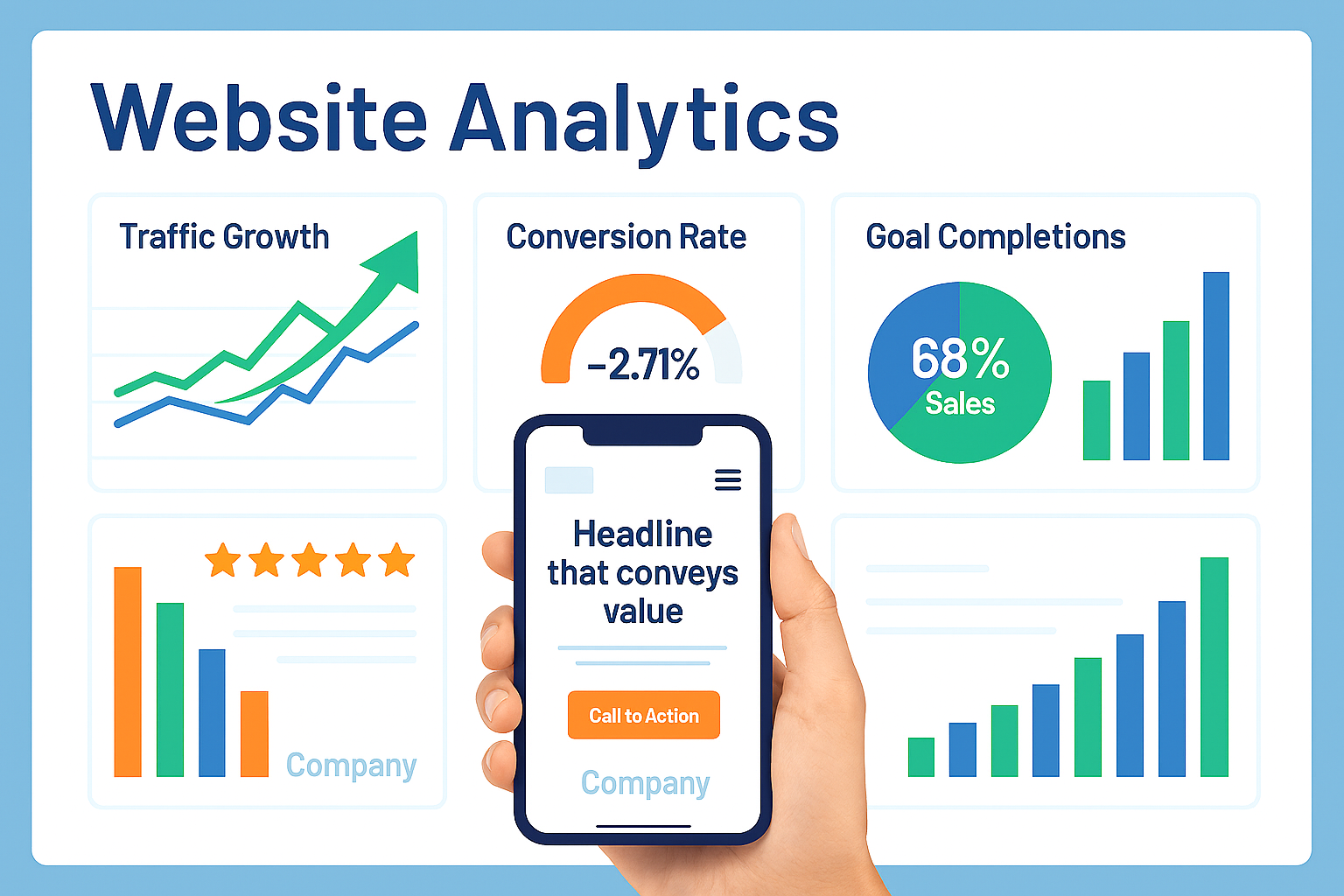
Key Metrics to Track:
Traffic Quality
- Organic search traffic growth
- Time spent on site
- Pages per session
- Bounce rate by traffic source
Conversion Performance
- Contact form submissions
- Phone calls from website
- Email newsletter signups
- Quote requests or bookings
Business Impact
- New customer acquisition cost
- Customer lifetime value from web leads
- Revenue attributed to website
- Return on website investment
Common Mistakes That Kill Results
Mistake 1: Focusing Only on Design
Pretty doesn’t always mean profitable. A simple, functional website often outperforms a complex, artistic one.
Mistake 2: Ignoring Loading Speed
Every second of delay costs conversions. Thai mobile users are particularly impatient with slow sites.
Mistake 3: Weak or Missing CTAs
If you don’t ask for the sale, you won’t get it. Be clear about what action you want visitors to take.
Mistake 4: No Mobile Strategy
Desktop-first thinking fails in Thailand’s mobile-first market.
Mistake 5: Set-and-Forget Mentality
Results-driven websites require ongoing optimization based on real user data.
The ROI of Results-Driven Design
SMEs often worry about the cost of professional web development. But consider the cost of a website that doesn’t work:
- Lost opportunities: Every day your website fails to convert is lost revenue
- Competitive disadvantage: Professional competitors capture your potential customers
- Wasted marketing: Advertising sends traffic to a site that doesn’t convert
- Brand damage: Poor websites reflect poorly on your business
A properly designed, results-driven website pays for itself through increased inquiries, better customer quality, and reduced customer acquisition costs.
Getting Started
If your current website isn’t delivering results, ask yourself:
- Does my homepage clearly explain what I do and for whom?
- Do visitors know what action to take next?
- Does my site work perfectly on mobile devices?
- Am I tracking the right metrics?
- When did I last optimize based on user behavior?
Remember, a results-driven website isn’t about having the most features or following the latest design trends. It’s about understanding your customers, removing barriers to conversion, and continuously improving based on real performance data.
Ready to transform your website into a results-driven customer acquisition machine? Let’s discuss what success looks like for your specific business.

